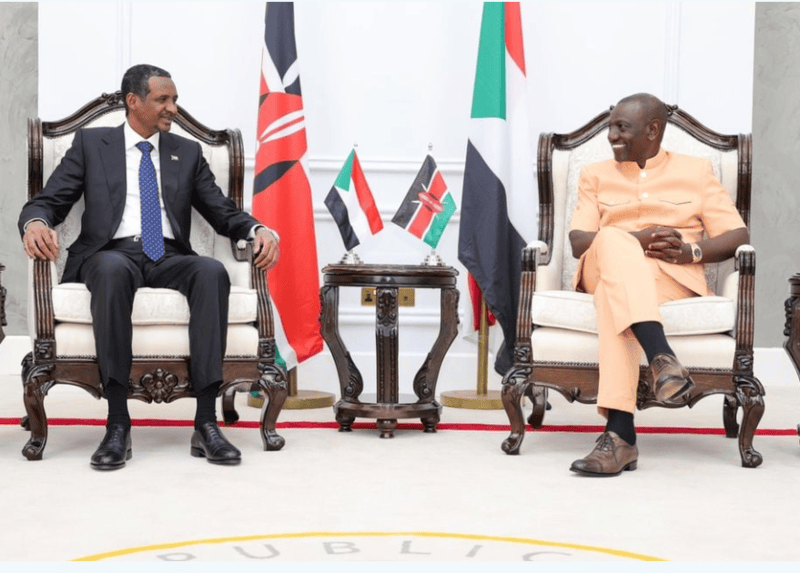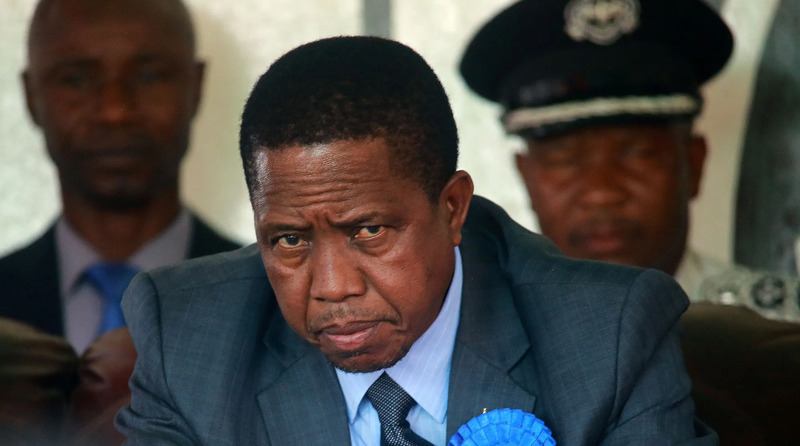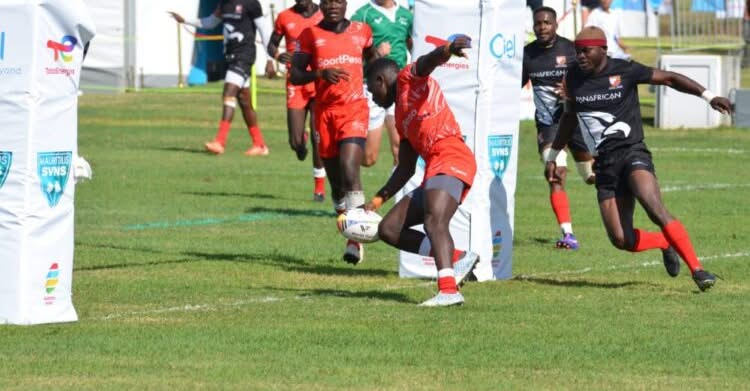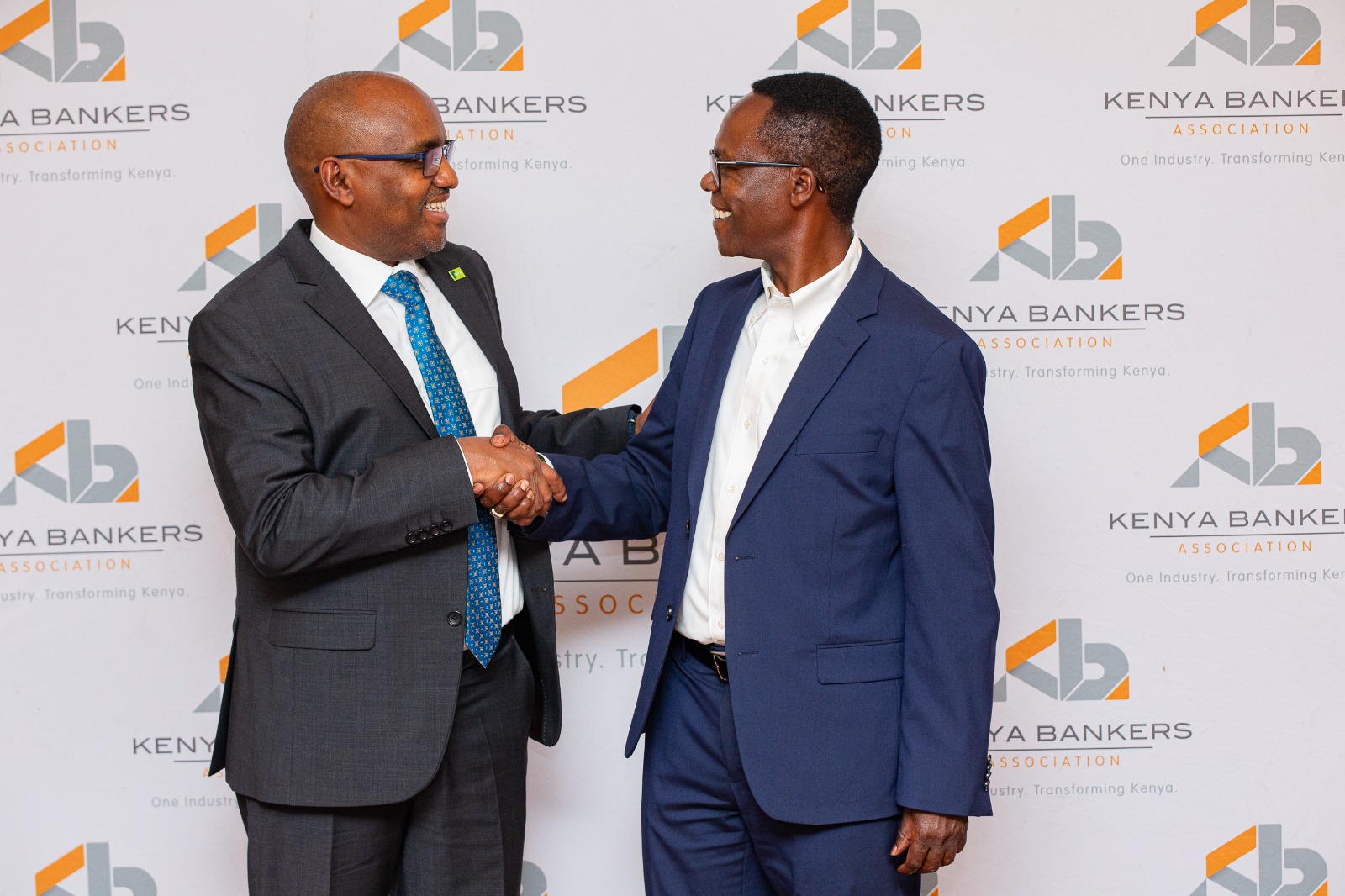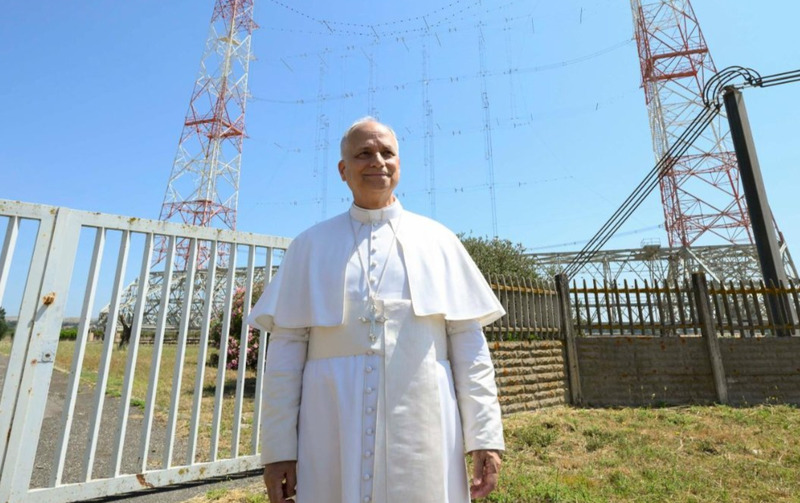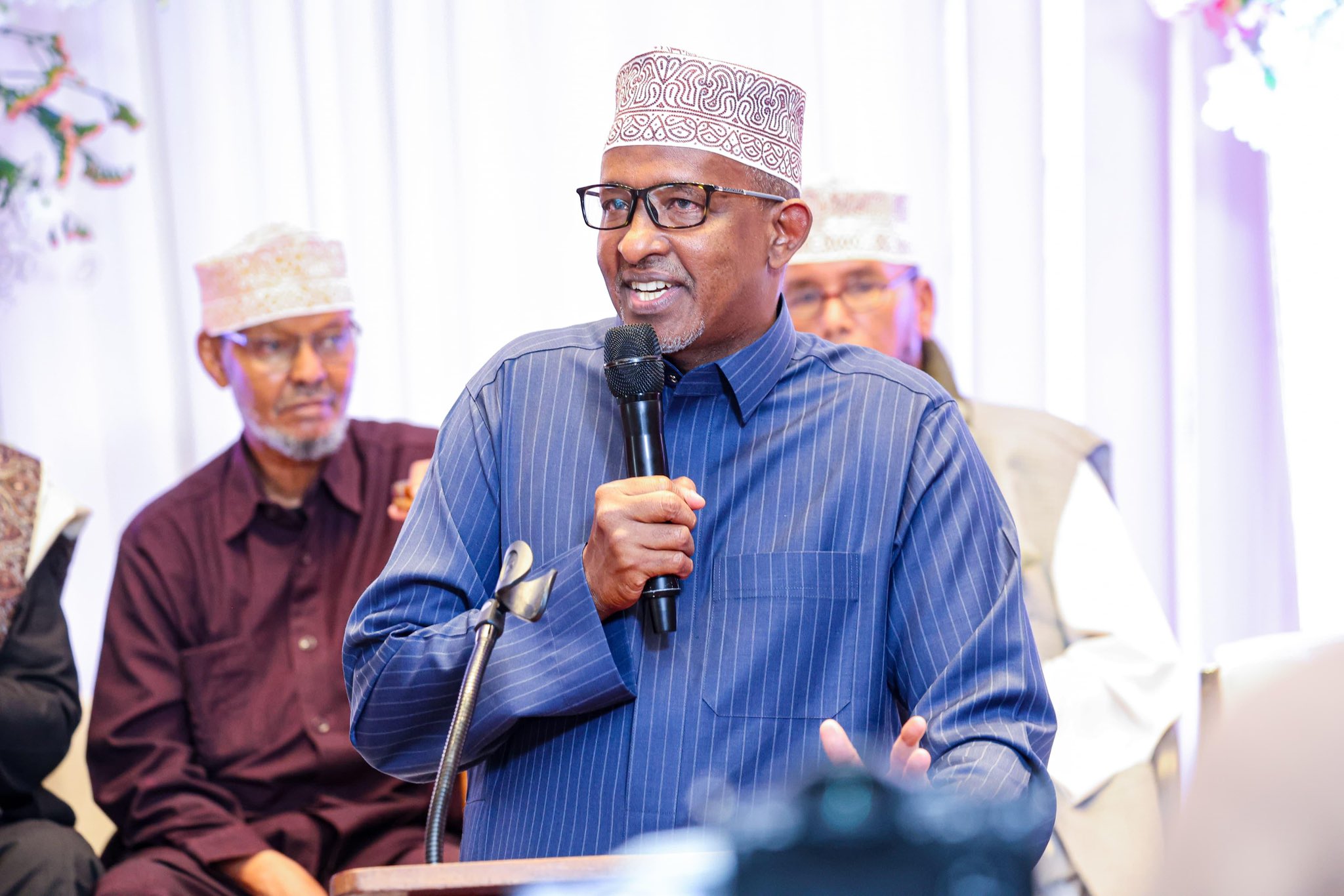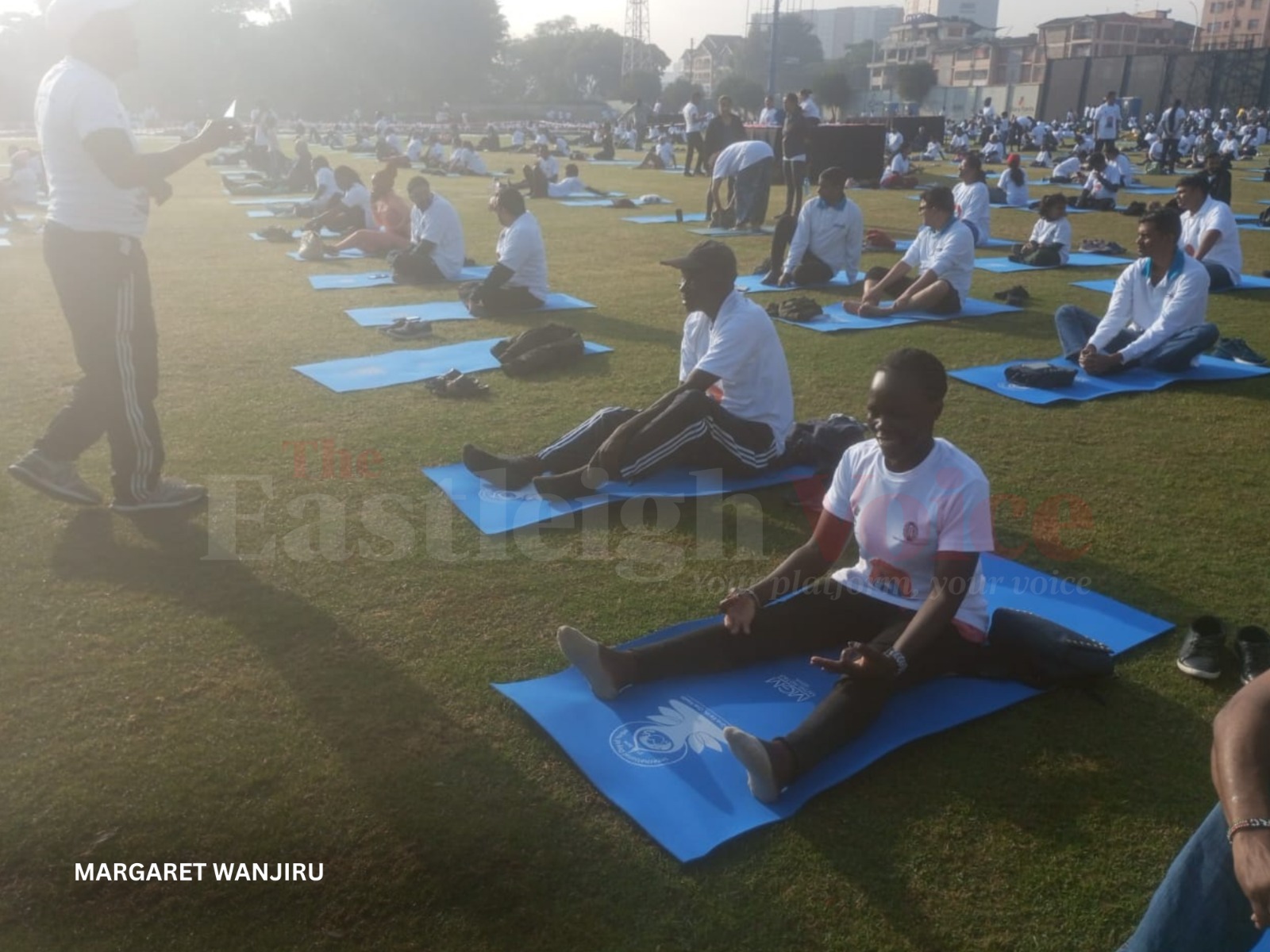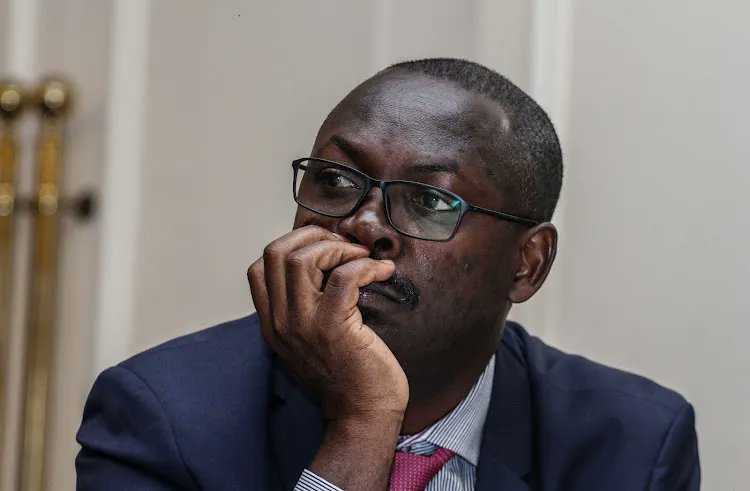Report questions AGOA’s effectiveness as deadline nears, extension talks continue
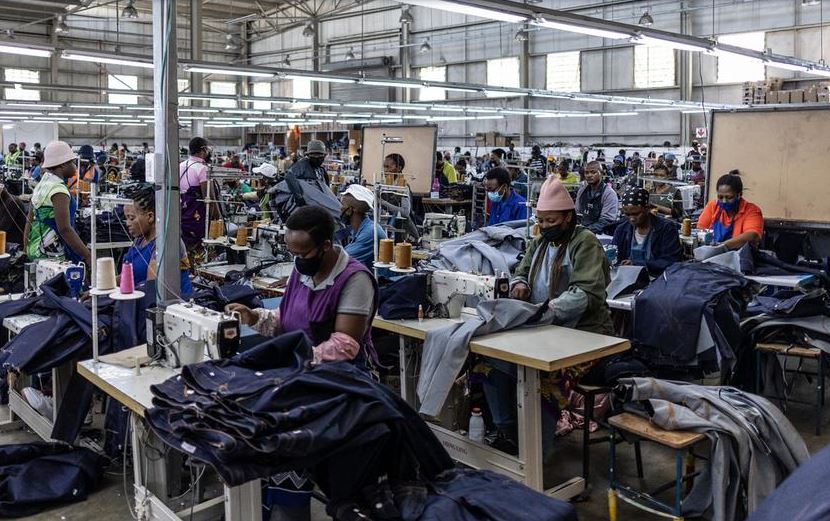
While countries such as South Africa, Kenya, and Lesotho have benefited from preferential access under the scheme, Afreximbank notes that the recent imposition of new US tariffs has undermined some of the benefits provided.
In a bid to stimulate economic growth and development in sub-Saharan Africa, the United States launched a trade initiative in 2000, granting eligible African nations duty-free access to the US market.
Known as the African Growth and Opportunity Act (AGOA), the scheme is set to expire in September, although discussions on a possible extension are ongoing.
More To Read
- Afreximbank issues first Panda bond, raises Sh39.1 billion in Chinese market
- AU slams Fitch over Afreximbank downgrade, calls rating flawed and legally inaccurate
- Why Kenya’s debt outlook is improving: Stronger shilling, weaker dollar, policy shifts drive decline
- Presidents Abdirahman, Ruto meet at State House for trade, security and youth empowerment talks
- Eastleigh booms as East Africa’s borderless marketplace, drawing diverse traders and entrepreneurs
- Africa’s pharma market to grow 26pc by 2029 as demand rises, but local production still lags
However, a recent study by regional lender Afreximbank has cast doubt on the programme’s core objective of enhancing African trade through increased exports.
Ideally, such export growth would help reduce negative trade balances across African nations, thereby contributing to greater economic resilience.
While countries such as South Africa, Kenya, and Lesotho have benefited from preferential access under the scheme, Afreximbank notes that the recent imposition of new US tariffs has undermined some of the benefits provided.
It further highlights that the 10 per cent reciprocal tariff imposed on all imports to the US, excluding those from Canada and Mexico, has created uncertainty about the scheme’s future.
“Notably, even before these tariffs were implemented, Africa recorded a negative trade balance under AGOA in 2024,” the lender states.
“This underscores the need to better harness the programme’s full potential across the continent and reinforces the importance of maintaining open, mutually beneficial, and diversified trade relations in the face of shifting global policies.”
During the review period, total AGOA trade volume reached $87.29 billion (Sh11.3 trillion), comprising $41.89 billion (Sh5.4 trillion) in African exports and $45.4 billion (Sh5.9 trillion) in African imports under the programme. This resulted in a trade deficit of $3.51 billion (Sh453.7 billion).
The report further reveals that trade under the programme remains relatively concentrated among five African exporters to the US—South Africa, Kenya, Lesotho, Nigeria, and Ethiopia, who account for the bulk of total export volumes.
These exports are largely driven by key sectors such as textiles, automobiles, and raw materials.
On the import side, South Africa led the list of African countries importing goods from the US, with American exports dominated by machinery, vehicles, pharmaceuticals, and refined fuels.
Afreximbank observes that these patterns reflect ongoing structural imbalances in AGOA trade and underscore Africa’s reliance on a narrow range of exports, a situation likely to worsen under the current US tariff regime.
Beyond the uncertainty surrounding the trade initiative and the implications of changing tariff policies, the lender also highlights broader challenges faced by the continent, including infrastructure deficits and energy insecurity.
According to the report, Africa’s infrastructure needs are estimated at between $130 billion (Sh16.8 trillion) and $170 billion (Sh21.9 trillion) annually, with a financing gap of up to $96 billion (Sh12.4 trillion), exacerbated by the COVID-19 pandemic.
“The consequences of this investment shortfall affect critical sectors including transport, energy, water systems, and ICT, with tangible repercussions for industrial development and regional trade,” the report states.
It adds that approximately 40 per cent of the reduction in productivity across African countries can be directly attributed to inadequate infrastructure, with an estimated average loss of two percentage points in GDP growth per year.
“Energy insecurity remains an additional barrier,” the report notes.
“Over half the continent lacks reliable access to electricity, which significantly hampers the development of manufacturing, agro-processing, and digital connectivity—sectors that are vital for economic diversification and job creation.”
Top Stories Today
